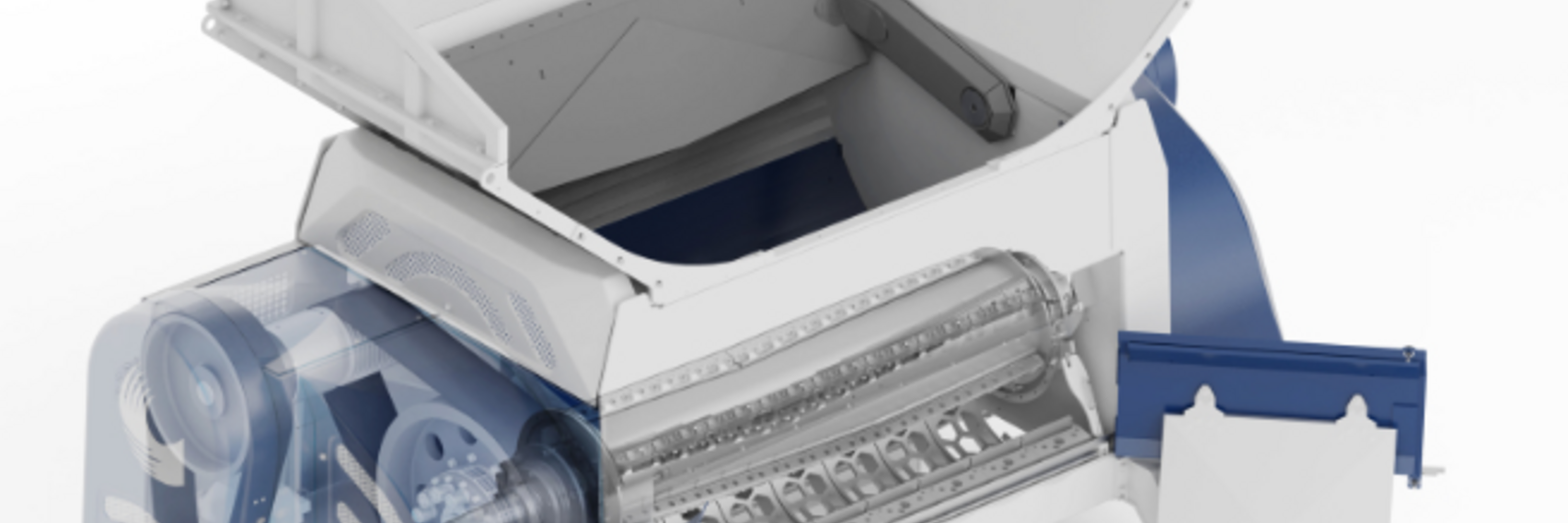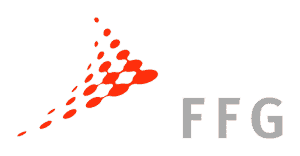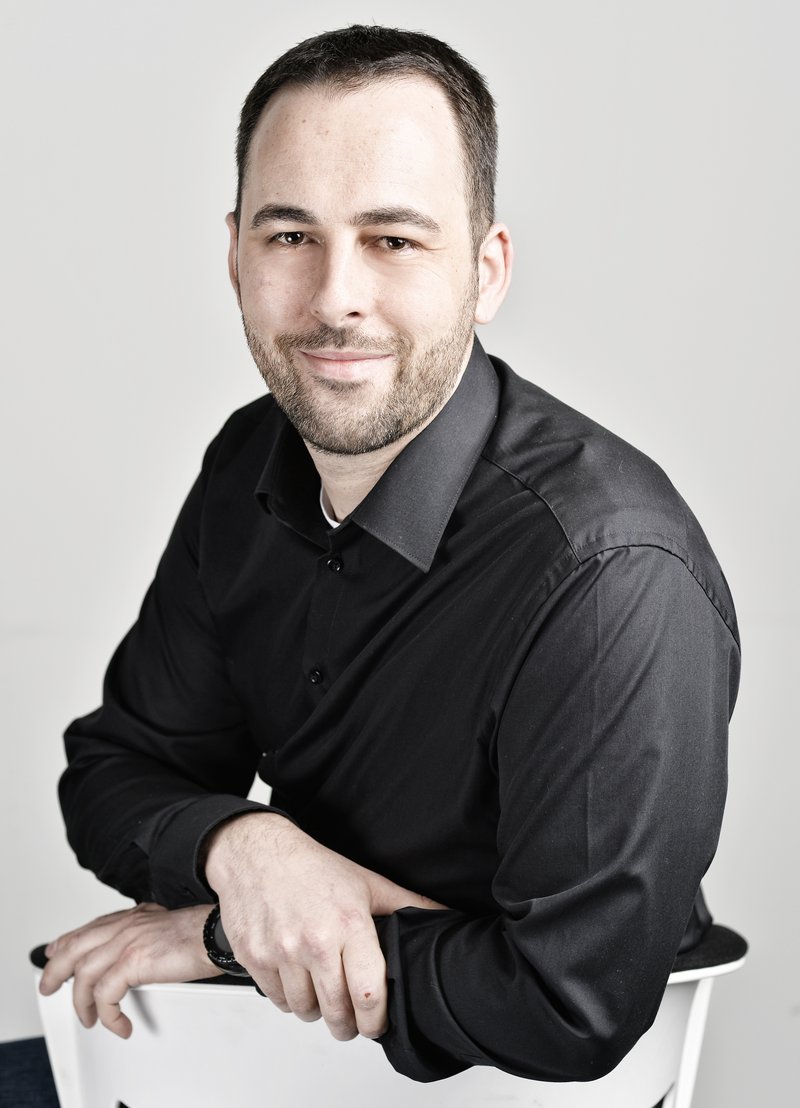ShredIT4.0

INDUSTRIAL SHREDDERS
Although industrial shredders play an important role in the efficient processing of waste materials, and their performance and availability significantly contribute to the overall production facility, the condition of the shredder is currently only evaluated at predefined time intervals in a manual fashion, which reduces productivity and causes production losses. The overall goal of the ShredIT4.0 project is to optimize the operation of industrial shredders to reduce production costs and increase throughput by continuously monitoring and modeling of key components that impact costs (energy consumption, downtime) and throughput. The project explores innovative approaches based on physical and statistical modeling to continuously determine both drive belt tension and shear cutter condition in real-world operation and to predict the best time for maintenance or replacement of components. The statistical models are combined with measurements of energy consumption and throughput of the machine to form a simulation model of the entire machine. The simulation models can be used to optimize the operation management of the shredder.
PROJECT GOAL
Highly automated production facilities are used to recycle – and sometimes upcycle – various waste materials (domestic waste, plastics, wood and metal) in an efficient way. This includes simple disposal of waste paper and wood but also recycling of metals and production of alternative fuels. In most cases, the input waste material has to be shredded before any subsequent processing takes place. This important task is performed by industrial shredders which use a rotating drum with shear cutters to reduce the waste material to the desired size. The profitability of such a recycling facility depends largely on the achieved throughput and the cost of production per ton of output material. Both factors are heavily influenced by the performance and the availability of the shredder. Despite its important role in the production process, the condition of the shredder is currently only evaluated at predefined time intervals in a manual fashion. Any productivity losses due to wear of parts of the machine will not be detected and cannot be corrected until the next inspection. In addition, the manual inspection leads to a downtime of the whole facility and thus to a loss of production and higher costs.
The main goal of the project ShredIT4.0 is to lower the costs of production and to increase the throughput by optimizing the operation of industrial shredders. To achieve this goal the condition of critical parts of the machine with respect to cost (energy consumption, downtimes) and throughput will be monitored continuously. A model of wear over time will be developed to be able to predict the remaining useful lifetime. By correlating these models with measurements of energy consumption and throughput as a function of operating mode of the shredder and waste material type, a simulation model of the machine will be developed. This model can then be used to determine the best operating parameters and service intervals in order to optimize the cost-benefit-ratio for each customer. Taken together, these achievements will lead to more flexible recycling processes with shorter processing times, better on-time delivery, and higher resource efficiency.
PROJECT FACTS
- Title: ShredIT4.0 – Modeling and optimized operation of industrial shredders
- Programme: Produktion der Zukunft
- Funding institution: FFG Forschungsförderungsgesellschaft mbH
- Lead management: Silicon Austria Labs GmbH
- Industrial partner: Lindner-Recyclingtech GmbH (Link to: https://www.lindner.com/ )
- Duration: 2 years (Starting on February 2019)
- Research volume: € 400.000,-

Your contact person

Dr. Thomas Arnold
Staff Scientist | Photonic Systems
e-mail: contact@silicon-austria.com
Research program
This project is subsidized by the Austrian Research Promotion Agency (FFG) and carried out as part of the "Produktion der Zukunft" programme.




